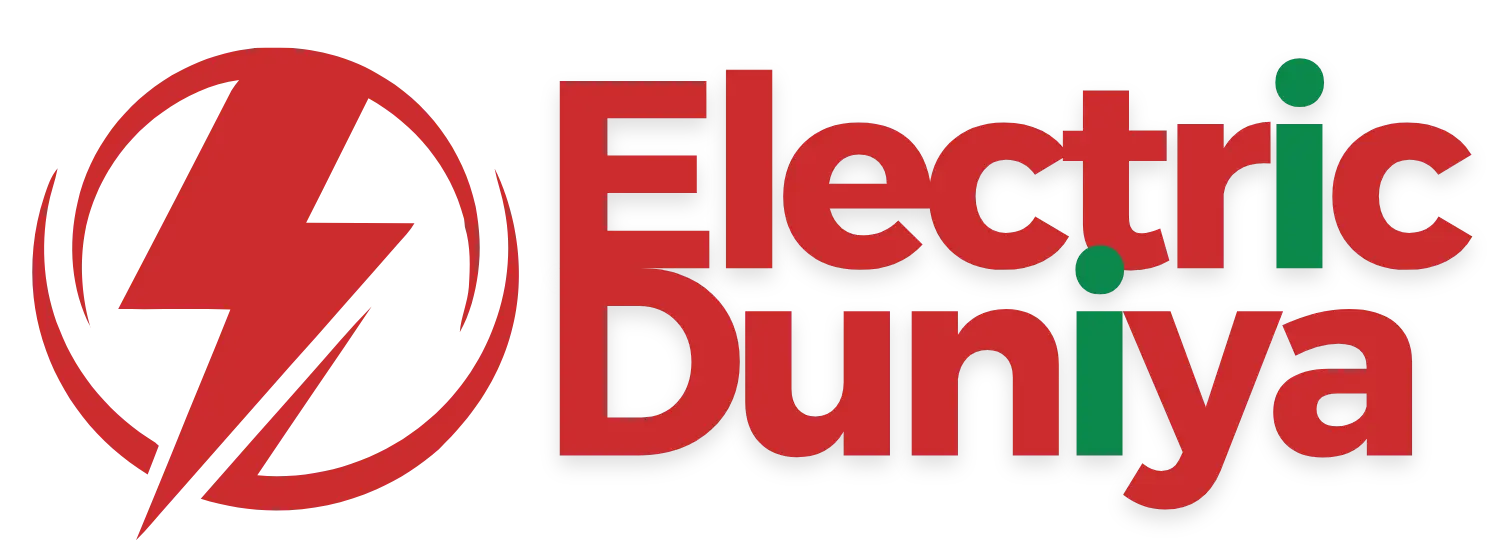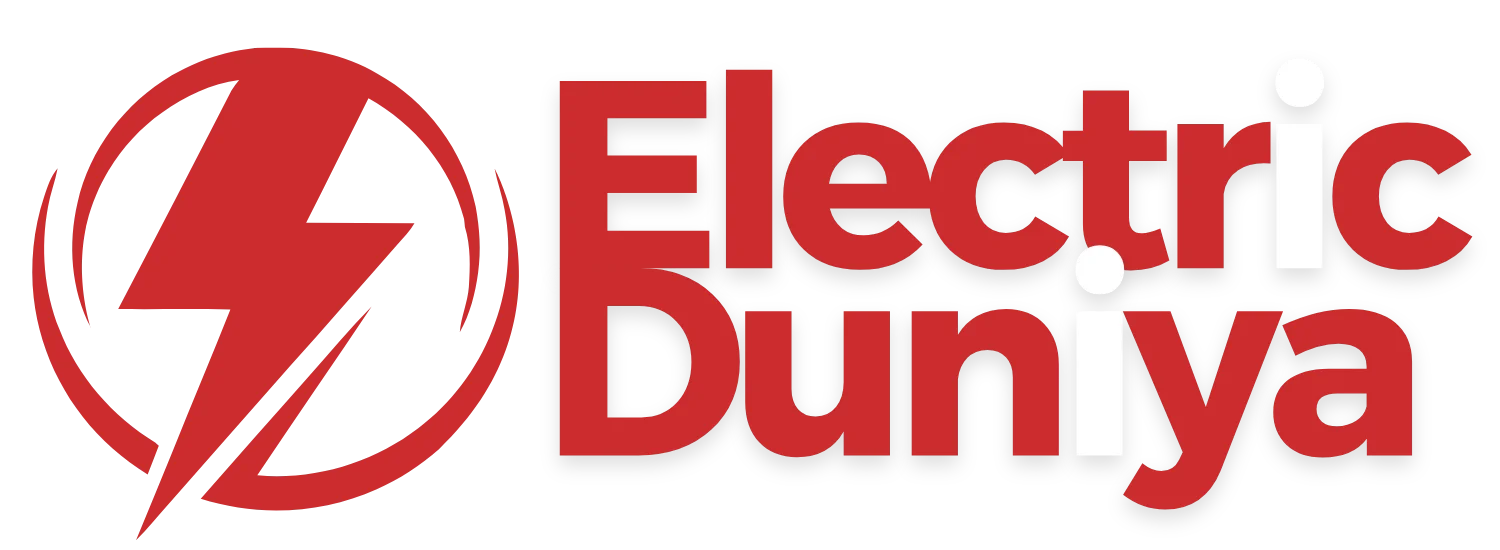Hub Motor
A hub motor is an electric motor integrated directly into the wheel hub of a vehicle, delivering propulsion without the need for conventional transmission systems.
Overview
Hub motors are a transformative technology in the electric vehicle (EV) landscape. Unlike traditional drivetrain systems, where power from the motor is transmitted through axles, gears, and differentials, a hub motor places the propulsion system directly inside the wheel. This design reduces mechanical complexity, improves efficiency, and creates opportunities for innovative EV architectures.
Hub motors are commonly found in electric bicycles, scooters, and compact EVs, but they are also being explored for passenger cars and heavy-duty applications. By decentralizing propulsion, they offer smoother control, regenerative braking, and space savings—features that align with the EV industry’s focus on performance, sustainability, and modular design.
How Does It Work?
The working principle of a hub motor is straightforward yet highly efficient:
-
Direct Drive – The motor is built into the wheel hub, meaning torque is applied directly to the wheel without the need for a gearbox or differential.
-
Electromagnetic Action – Electricity from the EV’s battery flows through copper windings in the stator, generating a magnetic field that rotates the rotor (wheel).
-
Control & Modulation – An electronic controller regulates power delivery, speed, and torque, ensuring smooth acceleration and braking.
-
Regenerative Braking – When decelerating, the motor acts in reverse, converting kinetic energy into electricity to recharge the battery.
This compact and efficient mechanism eliminates several moving parts, reducing energy loss and mechanical wear.
Features of the Hub Motor
-
Mechanical Simplicity
Direct drive eliminates gearboxes, chains, and differentials, lowering maintenance needs.
-
Space Optimization
Frees up vehicle chassis space for larger batteries or passenger comfort.
-
Energy Efficiency
Reduces mechanical energy losses by transmitting torque directly to the wheel.
-
Independent Wheel Control
Enables advanced driving dynamics such as torque vectoring for improved handling.
-
Regenerative Braking
Enhances energy recovery during deceleration, supporting extended driving range.
Applications in EV
-
Electric Bicycles & Scooters: Widely used for compact urban mobility solutions due to their simplicity and low cost.
-
Passenger Cars: Some EV prototypes and niche vehicles adopt hub motors for innovative designs and better weight distribution.
-
Commercial Fleets: Delivery vehicles and shuttles can benefit from space savings and simplified drivetrains.
-
Heavy-Duty Vehicles: Hub motors are being explored in buses and trucks for precise power distribution across multiple wheels.
-
Autonomous Mobility: Their modular design makes hub motors ideal for future self-driving shuttles and pods.
Conclusion
Hub motors exemplify how electrification is reshaping vehicle design. By embedding propulsion directly into the wheels, they reduce complexity, improve efficiency, and enable new possibilities in vehicle architecture. While still developing in large-scale automotive applications, hub motors are already central to micro-mobility and could play a pivotal role in the future of EV performance and design innovation.

